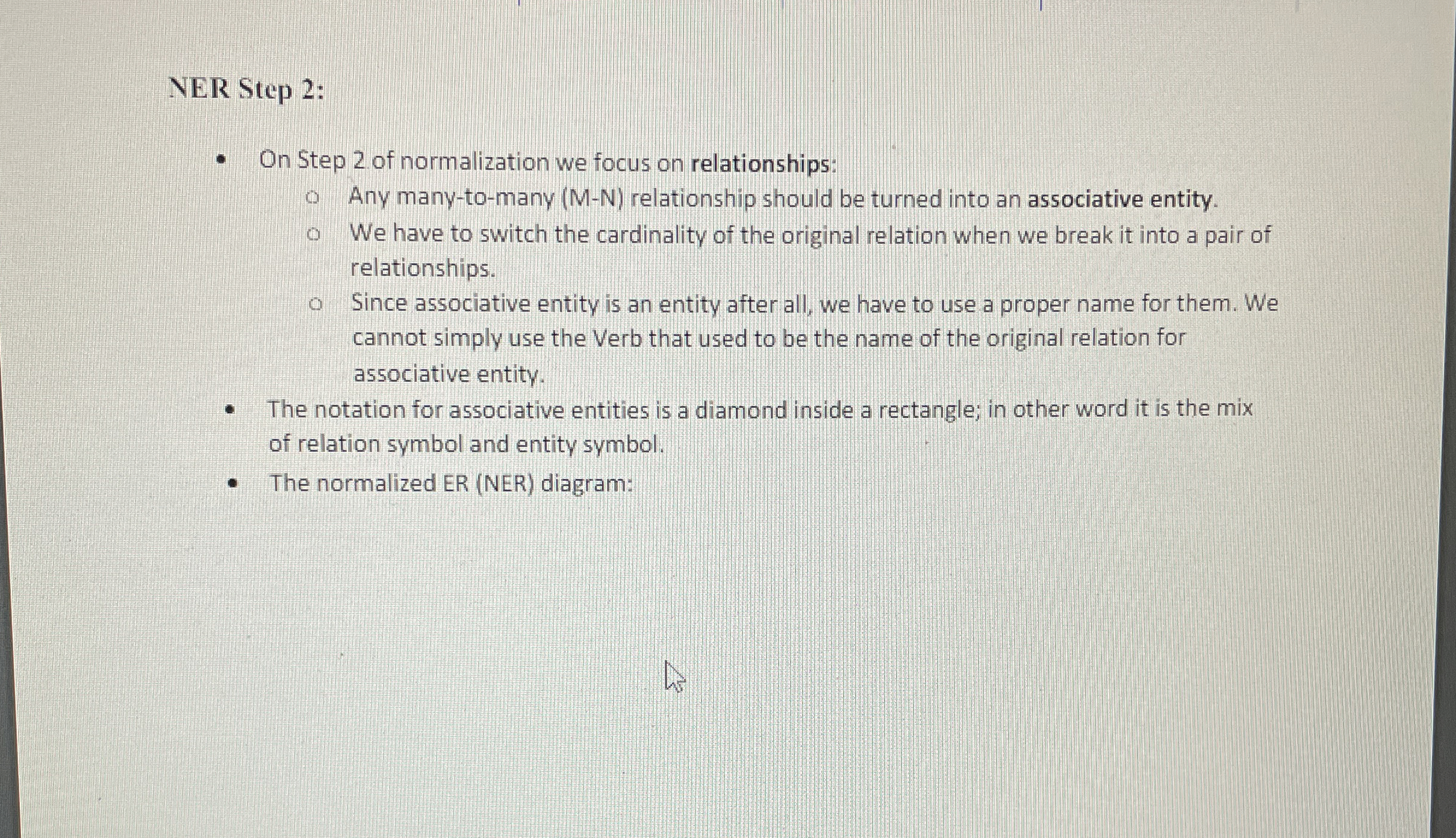Answered step by step
Verified Expert Solution
Question
1 Approved Answer
Elijay Community Hospital You have been asked to develop a database system for the Elijah Community Hospital. ECH is a small, local community hospital with
Elijay Community Hospital
You have been asked to develop a database system for the Elijah Community Hospital. ECH is a small, local community hospital with approximately beds. The basic goal is to provide highquality, costeffective healthcare services for the surrounding community in North Georgia.
The various business functions that the hospital currently has are:
Patient care administration softwarerecord keeping aspects of patient care
Clinic and lab services softwareprovides lab testing and procedures and patient monitoring & screening
Patient care softwareprovide patients with medical care and support services
Financial management softwaremanage the financial resources and operations of the hospital
Administrative services softwareprovide general management and support services not directly related to patient care
The staff on the hospital includes fulltime and parttime personnel including doctors, registered nurses, laboratory technicians, counselors, rehabilitation therapists, social services staff, admittancedischarge staff, insurance staff, janitorial staff, and security staff.
Patients may get many services from personnel, many tests and many treatments on the hospital.
A database system for the Elijah Community Hospital would have many tables. Draw EREER diagram for the following entities:
PATIENT: PatientID, Name, DOB, Age, Gender, Address, Email, Phone one or two
BED: BedNumber, PatientID
PERSONNEL: PersonnelID, Name, Phone, Email one or two Address, Hiredate, Position
DEPARTMENT: DepartmentCode, DepartmentName
TREATMENT: TreatmentCode, TreatmentDescription. TreatmentCost
TEST: TestCode, TestDescription, TestCost
Add new attributes to several of your entities if there is a need.
Note: use Dia tool or Visio to draw the diagram.Normalizing the ER Diagram:
What we did so far is ER diagram ER In order to do ER our only concern is to capture right entities with right attributes and right relationships between entities. Also we like to figure out the general cardinality of relations.
After we are done with ER it is time to do some normalization. We can break the process of normalization into two steps. First step is to normalize attributes, and second step is to normalize relationships between entities.
NER Step :
Attribute Normalization is the process of turning compound attributes and multivalued attributes into entities and establish a relation between these new entities and the base entity.
This is the ER of the bookstore that we have:
For the first step of normalization we focus on compound attributes such as publisher. We turn them into entities and establish a relation between them and the base entity. In our example Publisher is a compound attribute:NER Step :
On Step of normalization we focus on relationships:
o Any manytomany relationship should be turned into an associative entity.
We have to switch the cardinality of the original relation when we break it into a pair of relationships.
Since associative entity is an entity after all, we have to use a proper name for them. We cannot simply use the Verb that used to be the name of the original relation for associative entity.
The notation for associative entities is a diamond inside a rectangle; in other word it is the mix of relation symbol and entity symbol.
The normalized ER NER diagram:

Step by Step Solution
There are 3 Steps involved in it
Step: 1

Get Instant Access to Expert-Tailored Solutions
See step-by-step solutions with expert insights and AI powered tools for academic success
Step: 2

Step: 3

Ace Your Homework with AI
Get the answers you need in no time with our AI-driven, step-by-step assistance
Get Started


